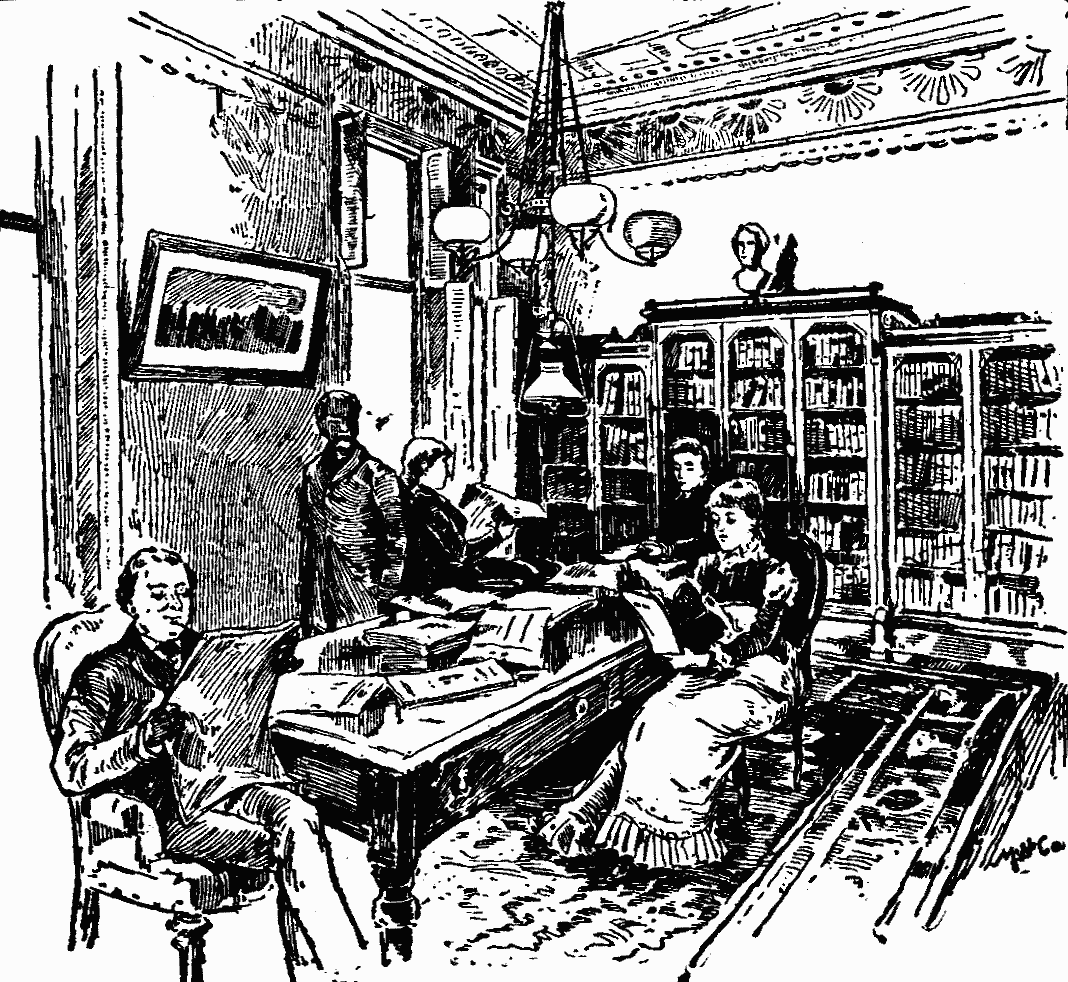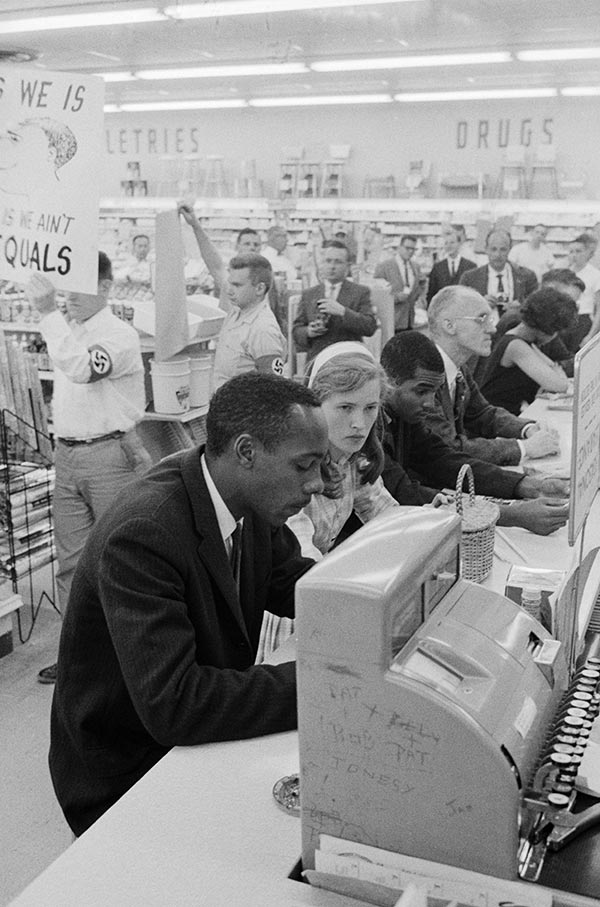 In 1952, Dr. Norman Vincent Peale published a very successful book titled, The Power of Positive Thinking. It sold over 5 million copies and has been published in at least 15 languages, and despite being dismissed by a good number of psychologists, the ideas in the book have endured to this day. Central to his philosophy of positive thinking is the idea that any challenge or obstacle should be faced with a positive outlook – that negative thinking and complaints should be avoided. This idea has become a pervasive view of how successful people, companies and institutions should approach challenges.
In 1952, Dr. Norman Vincent Peale published a very successful book titled, The Power of Positive Thinking. It sold over 5 million copies and has been published in at least 15 languages, and despite being dismissed by a good number of psychologists, the ideas in the book have endured to this day. Central to his philosophy of positive thinking is the idea that any challenge or obstacle should be faced with a positive outlook – that negative thinking and complaints should be avoided. This idea has become a pervasive view of how successful people, companies and institutions should approach challenges.And yet, despite the incredible success of some people who are optimistic and sunny in their outlook, when innovation is required the need for negative thinking and complaints is overwhelming. As the psychiatrist R. C. Murphy wrote in The Nation in 1955, “Think Right: Reverend Peale’s Panacea”, positive thinking “..is not only inadequate for our needs but even undertakes to drown out the fragile inner voice which is the spur to inner growth.”
If no one complains, there is no reason for change and ultimately innovation stops. Negative thinking is ultimately…a positive force for change.
Fundamentally and paradoxically, complaints are an expression of hope and optimism. In order to complain about something today, one must imagine that it could be better in the future. Without hope of a better option, complaints are not only a waste of time and energy, they are by definition…impossible. When a customer complains, they are implicitly telling a company that they believe it can be better.
A lack of complaints, therefore, should not be seen as a sign that things can not be improved. Rather, it suggests that customers are resigned to the way things are. It can also indicate a hopelessness and ultimately a lack of loyalty. Customers who do not complain have given up on you, even if, for the moment, they keep purchasing a product or using your services. If someone isn’t complaining, there is a good chance that they are no longer truly committed to your company, your product, your mission…they no longer believe in a better future.
Most people, including myself, would rather avoid hearing complaints and understand that complaining can be unpleasant for others. That is why most official communications avoid the negative. The attempt to put a “positive spin” on problems is not only a smart tactic for keeping everyone calm and happy, it is a fundamentally polite thing to do. We avoid complaining because we want to be nice – even if it means witholding the greatest gift we can give: a belief that someone or something can be better.
Listening to complaints can be so unpleasant that it is very difficult to perceive them as gifts. Most companies, instead of asking customers to complain, will conduct elaborate “satisfaction surveys”. Instead of asking, “How can we do a better job?” they ask, “How satisfied are you with us right now?” No matter how a customer answers a satisfaction question, it is very difficult for them to help a company do better in the future.
As an example, if a customer says that they are “somewhat satisfied” with a product or service, (the typical responsed to a multiple choice satisfaction survey), what can a company do with that information? Is there any way for a customer to tell a company, even if they decide to write in some comments, how to better satisfy them? Satisfaction is such a passive and vague concept that it is difficult to imagine any reasonable quantitative measure for more or less satisfaction.
Interestingly, people become more vague the happier they are with something. Ask someone to describe what they love about their sweatheart and they will likely speak in generalities such as, “she is so sweet,” or “he’s the best.”
But if you ask the same person what is wrong with their true love, they start to get very specific, and they start describing exactly how that person could be better. “I love him, but he’s such a sloppy guy. If he would just spend a little time grooming himself, he would be georgeous.”
Baked into that complaint, no matter how annoying it may be to the recipient, is a belief in potential…as well as a blueprint for innovation. The man who listens to that complaint – and to the complainer – will likely learn how to become the more elegant, handsome man he has the potential to become. Ignoring or not listening to that complaint is an implicit decision not to innovate.
Instead of asking a customer how satisfied they are, a company can gain actionable intelligence if they allow their customers to complain. As an example, Apple Computers has some of the most devoted customers in the electronics industry. There are, perhaps, hundreds if not thousands of web sites, blogs, publications and associations devoted to analyzing, criticizing, and prosthletizing for Apple’s products and services, including MacWorld, Apple Insider, Mac Rumors, Cult of Mac, Mac Mojo and countless others. Devoted customers are constantly complaining about their Apple products in these sites…and constantly giving the development teams at Apple Computers their faith, and instructions about how they might improve.
Of course, too much negative thinking and complaining can be just as dangerous as too much positive. There is a difficult balance between the need to nurture something and the need to find out what can be improved. But the next time someone complains, perhaps it would make sense to overcome any discomfort and encourage them to complain even more and to figure out precisely how to become as good as that customer believes you can be.
Are you ready to accept the gift of complaints?

 Most of the roads in older communities were built on top of desire lines created by horses, people and carts as they made their way from destination to destination. Never a perfect geometric grid, these roads responded directly to the actual needs and behaviors of those who used them. Instead of fighting desire lines – it is possible to put them to use. Many designers will intentionally delay the building of walkways for several months and instead just plant grass around and between buildings. After a few months, the natural traffic of students will create desire lines in the grass that can be “read” as a plan for final concrete walkways. A wider path is built in the deeper areas of erosion and a smaller path in the light areas because the desire lines illustrate where more or less people walk.
Most of the roads in older communities were built on top of desire lines created by horses, people and carts as they made their way from destination to destination. Never a perfect geometric grid, these roads responded directly to the actual needs and behaviors of those who used them. Instead of fighting desire lines – it is possible to put them to use. Many designers will intentionally delay the building of walkways for several months and instead just plant grass around and between buildings. After a few months, the natural traffic of students will create desire lines in the grass that can be “read” as a plan for final concrete walkways. A wider path is built in the deeper areas of erosion and a smaller path in the light areas because the desire lines illustrate where more or less people walk.
 The desire lines are even easier to find and harness on the Internet. Google, Wikipedia, Netflix, and now Twitter are all examples of on-line businesses that have figured out ways to harness the power of desire lines. As Eric von Hippel, author of “Democratizing Innovation” (NYT Monday October 26, 2009) put it, “Twitter’s smart enough, or lucky enough, to say, ‘Gee, let’s not try to compete with our users in designing this stuff, let’s outsource design to them.’” The same thing can be said of many newer on-line businesses. In an environment of transparency, where the behaviors of millions of people can be tracked and translated into data, the strange attractors become easier and easier to understand.
The desire lines are even easier to find and harness on the Internet. Google, Wikipedia, Netflix, and now Twitter are all examples of on-line businesses that have figured out ways to harness the power of desire lines. As Eric von Hippel, author of “Democratizing Innovation” (NYT Monday October 26, 2009) put it, “Twitter’s smart enough, or lucky enough, to say, ‘Gee, let’s not try to compete with our users in designing this stuff, let’s outsource design to them.’” The same thing can be said of many newer on-line businesses. In an environment of transparency, where the behaviors of millions of people can be tracked and translated into data, the strange attractors become easier and easier to understand. But that doesn’t mean that people are unwilling to trade for innovation. When a new approach is compelling enough or when the old approach is too cumbersome or difficult, people will even give up things they are passionately in love with. When compact discs and then MP3 files replaced vinyl records – those records and everything that was built up around it, such as record players,
But that doesn’t mean that people are unwilling to trade for innovation. When a new approach is compelling enough or when the old approach is too cumbersome or difficult, people will even give up things they are passionately in love with. When compact discs and then MP3 files replaced vinyl records – those records and everything that was built up around it, such as record players,  In the 1880’s, most homes were lit by gas lights. Thomas Edison had invented the electric light, but most reasonable people thought it was an impractical idea. In order to light people’s homes with electricity, an entirely new infrastructure of power generation and distribution would have to be built. As long as the gas light didn’t set your house on fire or poison the occupants, it just wasn’t worth the trouble and the investment to change. Gas companies didn’t want to lose the lighting market, (though they eventually got into the business of generating electricity in addition to providing for heating and cooking).
In the 1880’s, most homes were lit by gas lights. Thomas Edison had invented the electric light, but most reasonable people thought it was an impractical idea. In order to light people’s homes with electricity, an entirely new infrastructure of power generation and distribution would have to be built. As long as the gas light didn’t set your house on fire or poison the occupants, it just wasn’t worth the trouble and the investment to change. Gas companies didn’t want to lose the lighting market, (though they eventually got into the business of generating electricity in addition to providing for heating and cooking). It seems likely that we will give up gasoline powered automobiles in the near future. Once a majority of drivers embrace a new form of locomotion, such as electric cars, those gasoline powered engines, along with all the companies, products and practices that surround the use and maintenance of those engines will have to be abandoned and or changed. That is one of the main reasons it has been so difficult for electric cars to be successful commercially – not because the technology is especially difficult, electric cars have been around at least as long as their gasoline cousins, but because companies and individuals who service and use the cars will have to give up a lot.
It seems likely that we will give up gasoline powered automobiles in the near future. Once a majority of drivers embrace a new form of locomotion, such as electric cars, those gasoline powered engines, along with all the companies, products and practices that surround the use and maintenance of those engines will have to be abandoned and or changed. That is one of the main reasons it has been so difficult for electric cars to be successful commercially – not because the technology is especially difficult, electric cars have been around at least as long as their gasoline cousins, but because companies and individuals who service and use the cars will have to give up a lot. It is a common mistake to believe that innovation happens when someone comes up with a new idea. New ideas are a common occurrence – every day, people all over the world come up with great new ideas, new solutions and brilliant potential innovations that could possibly end poverty, build a successful company, or make peeling an orange much easier.
It is a common mistake to believe that innovation happens when someone comes up with a new idea. New ideas are a common occurrence – every day, people all over the world come up with great new ideas, new solutions and brilliant potential innovations that could possibly end poverty, build a successful company, or make peeling an orange much easier. What about all the patents? According to the U.S. Patent office, over 350,000 new patent applications are filed every year with less than 200,000 patents secured – but a patent is no guarantee of innovation. U.S. registered Patents in the last few years for the “Insect Death Ray”, the “Beerbrella”, (illustrated at left), the “Flush Toilet for Dogs”, and the “Electro Shock Game”, are interesting, but can they be described as innovations? They may be useful as entries in the
What about all the patents? According to the U.S. Patent office, over 350,000 new patent applications are filed every year with less than 200,000 patents secured – but a patent is no guarantee of innovation. U.S. registered Patents in the last few years for the “Insect Death Ray”, the “Beerbrella”, (illustrated at left), the “Flush Toilet for Dogs”, and the “Electro Shock Game”, are interesting, but can they be described as innovations? They may be useful as entries in the  A good analogue to that question, surprisingly, can be found in metaphysics. In the early eighteenth century, the philosopher and developer of “subjective idealism”
A good analogue to that question, surprisingly, can be found in metaphysics. In the early eighteenth century, the philosopher and developer of “subjective idealism”  Innovation can be high-tech; but more often it happens at the level of an individual charting a new path for their life, a company creating a new business model or a new way to sell to their customers, an organization finding a more direct path to their objectives. Innovation isn’t just the creation of a new technology, but also the everyday thinking required of anyone to survive and succeed in a rapidly changing environment.
Innovation can be high-tech; but more often it happens at the level of an individual charting a new path for their life, a company creating a new business model or a new way to sell to their customers, an organization finding a more direct path to their objectives. Innovation isn’t just the creation of a new technology, but also the everyday thinking required of anyone to survive and succeed in a rapidly changing environment. Sit inside a coffee shop and you can hear any number of brilliant ideas. But unless those ideas are turned into something real, the ideas are worth less than the coffee.
Sit inside a coffee shop and you can hear any number of brilliant ideas. But unless those ideas are turned into something real, the ideas are worth less than the coffee.
 And yet… before recent times, it was foolish to believe that people could fly. If someone managed to fly, it would never be economically viable. Given such a tangible reality, the more reasonable course of action would be to ignore any new developments in aviation and concentrate on building faster trains or ships.
And yet… before recent times, it was foolish to believe that people could fly. If someone managed to fly, it would never be economically viable. Given such a tangible reality, the more reasonable course of action would be to ignore any new developments in aviation and concentrate on building faster trains or ships.
 At one time, offering free education to all children was seen as an unnecessary expense with little meaningful return and perhaps even a corruption of working class values.
At one time, offering free education to all children was seen as an unnecessary expense with little meaningful return and perhaps even a corruption of working class values. Segregation was an accepted practice in the U.S., and only the most radical would consider that an African-American would ever be able to eat a sandwich at the same lunch counter as a Caucasian, much less become president.
Segregation was an accepted practice in the U.S., and only the most radical would consider that an African-American would ever be able to eat a sandwich at the same lunch counter as a Caucasian, much less become president.